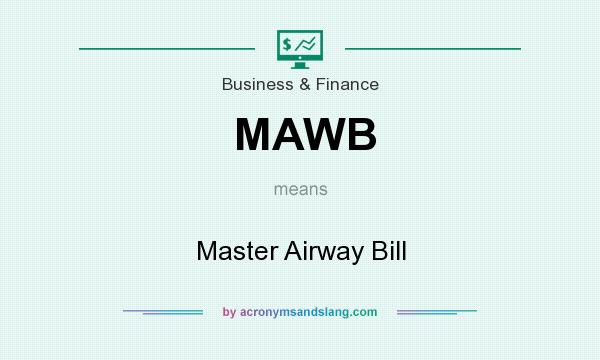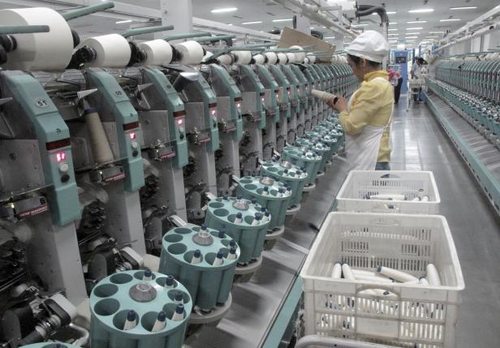Content

An example of this is the NFL’s former price floor, which set a minimum price on resold tickets. This made it more difficult for season ticket holders and other resellers to sell, as the price was higher than what many buyers were willing to pay. As a result, a black market was created to allow those who wanted to sell tickets to find buyers at a lower price.
To protect its domestic steel industry, the government artificially inflated the price of Chinese steel, making it uncompetitive, and essentially protected its own industry. This resulted in a return of demand for Indian steel, as it became comparatively cheaper. In 2016, India implemented a price floor on steel imports as a measure to discourage foreign competition, particularly from China, from flooding the market with cheap steel. The Pauper’s Money Book shows how you can manage your money to greatly increase your standard of living. Learn more about how Pressbooks supports open publishing practices.
The opposite of a price ceiling is a price floor, which sets a minimum purchase cost for a product or service. Also known as “price support,” it represents the lowest legal amount at which a good or service may be sold and still function within the traditional supply and demand model. Price floors are the minimum price set for a good or a service to remain true to the laws of supply and demand.
What are the Various Types of Price Floor?
Most prices are controlled by supply and demand, unless the government steps in to control the price. If a product that is considered a necessity is too expensive, people will complain and legislators might set a maximum price for the product in order to keep it affordable. The price ceiling is the what is price floor maximum price, or high point set by the government for a product. Similarly, the price floor is a set price that the product cannot go lower than. Figure 2 illustrates the effects of a government program that assures a price above the equilibrium by focusing on the market for wheat in Europe.
- The difference between the supply of labor and the demand for labor (from Q2 to Q3) is known as unemployment.
- Because of these restrictions, developers are less likely to fund new developments, because their profits will be limited by existing rent controls.
- This led to the creation of a butter mountain – a surplus of butter stored in a government warehouse so vast it was referred to as a ‘butter mountain’.
- The goal was to decrease the consumption of cheap, highly toxic alcoholic drinks and minimize the side effects.
Oil companies would have bumped up production, due to the higher prices, and consumers, who now had a stronger incentive to conserve gas, would have limited their driving or bought more energy-efficient cars. A surplus created by a price floor is excess supply that will not be bought quickly enough, creating supplier problems. Consumer and Producer surpluses are good surpluses as they add value received from the efficiency of the market.
The mandated price functions as a “ceiling” because it prevents the buyers and sellers from negotiating higher prices and reaching equilibrium. The result, seen in Graph 21-1, is a shortage in the market because at the price ceiling, the quantity demanded is greater than the quantity supplied. In this section we will examine agricultural markets and apartment rental markets—two markets that have often been subject to price controls. Through these examples, we will identify the effects of controlling prices. In each case, we will look at reasons why governments have chosen to control prices in these markets and the consequences of these policies.
Price Floors Explained
A price floor is defined as a legal minimum price set above
the equilibrium price. The purpose of a price floor is to raise the price that
sellers receive, and thus to raise the income of sellers. In a recent paper (Griffith et al. 2020a), we study the impact of a price floor for alcohol on prices and quantities, and compare its welfare effects with those of a tax levied on ethanol. We exploit the introduction of a price floor for alcohol in Scotland but not in other parts of the UK. The policy came into effect in May 2018 and made it illegal to sell alcoholic drinks for less than £0.50 per unit of alcohol.
The Depression affected the entire economy, but it hit farmers particularly hard. Prices received by farmers plunged nearly two-thirds from 1930 to 1933. Consumers, on the other hand, are disadvantaged because they must pay more for a lower quantity of products. The United States government, for example, spends around $20 billion on price support subsidiaries which are distributed to about 39% of the nation’s 2.1 million farms. Price Elasticity of Demand, one of the key concepts of Microeconomics, can help you answer this question.
What is the Effect of Price Floors on Consumers and Producers?
Those who manage to purchase the product at the lower price given by the price ceiling will benefit, but sellers of the product will suffer, along with those who are not able to purchase the product at all. A price ceilingThe maximum price that can be charged for a product or service. Rent control imposes a maximum price on apartments (usually set at the historical price plus an adjustment for inflation) in many U.S. cities.
- In the diagram above, the minimum price (P2) is below the equilibrium price at P1.
- Rent stabilization applies to buildings of six or more units built between Feb. 1, 1947, and Dec. 31, 1973.
- Almost every industrialized country in the world has a federal minimum wage set.
- Perhaps the best-known example of a price floor is the minimum wage, which is based on the view that someone working full time should be able to afford a basic standard of living.
- If the price floor is low enough—below the equilibrium price—there are no effects because the same forces that tend to induce a price equal to the equilibrium price continue to operate.
If, for example, a crop had a market price of $3 per unit and a target price of $4 per unit, the government would give farmers a payment of $1 for each unit sold. Farmers would thus receive the market price of $3 plus a government payment of $1 per unit. For farmers to receive these payments, they had to agree to remove acres from production and to comply with certain conservation provisions. These restrictions sought to reduce the size of the surplus generated by the target price, which acted as a kind of price floor. It’s easy to imagine how America’s workers benefit from price floors.
For simplicity, the model presented here assumes that apartment rents are controlled at a price that does not change. Price floors can also be used in marketing in a variety of contexts. For example, ad publishers that have ad inventory may set price floors or minimum prices lower than which bidders can’t go. In essence, price floors help establish the minimum profit that a publisher can make when selling ad inventory. In capitalist countries like the US, market forces are mostly responsible for the prices of goods and services rising and falling over time.
Agricultural Price Floors
The surpluses created in any perishable goods industry as a result of a price floor are quite ironic and even speak to the flaws of a price floor. Governments impose a price floor, in most cases these practices sometimes just shift the problem. Suppliers get a higher sale price, but there are not enough buyers willing to pay the higher price, which creates excess supply. This excess supply or surplus creates market pressure to push prices down to clear the surplus. The surplus can’t be cleared because the price floor prevents lowering the price to meet demand.
An employer is not allowed to pay less than this amount to employ someone in their country. In USD the hourly minimum wage for 2020 ranged between $1.05 in Mexico and $13.78 in Luxembourg. A price floor is where a minimum price is set for a good or service. It is usually determined by the government, but public entities such as the NFL have been known to organize a private price floor. This is generally to protect the income and survival of the producer.
If it’s just a temporary shortage that’s causing rampant inflation, ceilings can mitigate the pain of higher prices until supply returns to normal levels again. Operating on the premise that someone working full time ought to earn enough to afford a basic standard of living, it sets the lowest legal amount that a job can pay. Though the main aim of price floors is to increase revenue for producers and encourage increases in production, price floors can affect the market in ways that can be seen as both positive and negative.
Microeconomics is the study of single factors and the impact of individual decisions. The price floor means a person might be paying more than the supply and demand cycle would expect. The price ceiling keeps prices lower than the supply demand cycle would otherwise. A price floor sets the minimum price for which a product is allowed to sell. The demand and supply model shows how people and firms will react to the incentives provided by these laws to control prices, in ways that will often lead to undesirable consequences.

In the end, rent controls and other price ceilings often end up hurting some of the people they are intended to help. Ironically, some of those who do find apartments may actually end up paying more than they would have paid in the absence of rent control. And many of the people that the rent controls do help (primarily current occupants, regardless of their income, and those lucky enough to find apartments) are not those they are intended to help (the poor). While the supply curve for agricultural goods has shifted to the right, the demand has increased with rising population and with rising income.
Click a reading level below or scroll down to practice this concept.
If the market was efficient prior to the introduction of a price floor, price floors can cause a deadweight welfare loss. The reason is that although minimum wage laws can set wages, they cannot guarantee jobs. In practice, minimum wage laws can price low-skilled workers out of the labor market. Employers typically are not willing to pay a worker more than the value of the additional product that he produces. This reality means that an unskilled youth who produces $4.00 worth of goods in an hour will have a tough time finding a job if he must, by law, be paid $5.15 an hour. A price floor or a minimum price is a regulatory tool used by the government.